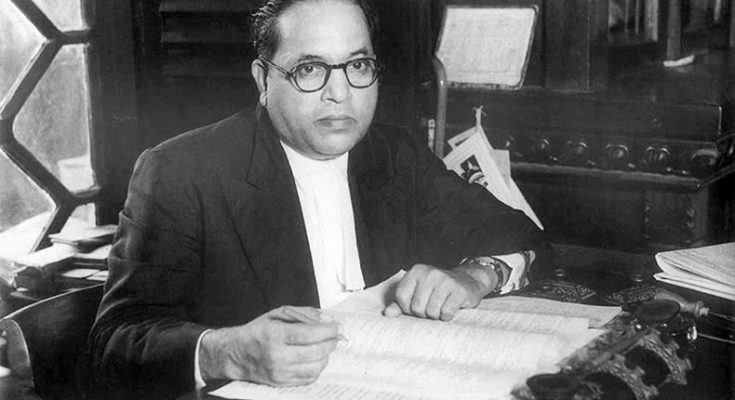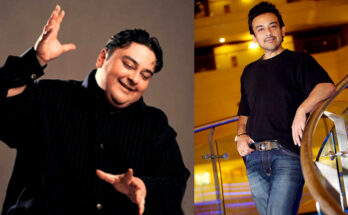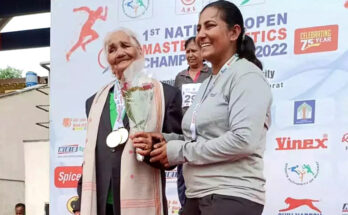Dr. B R Ambedkar – a true fighter against caste discrimination in India. Image Courtesy – https://www.bloombergquint.com
Dr. B R Ambedkar, prominently known as Babasaheb Ambedkar, was one of the modelers of the Indian Constitution. He was an extraordinary government official and a famous law specialist. Ambedkar’s endeavours to finish the social injustice like untouchability and society restrictions for specific casts were amazing.
He was the leader who battled for the privileges of the Dalits and other socially backward classes throughout his life. Ambedkar was nominated as the country’s first Law Minister in the Cabinet of Pt Jawaharlal Nehru. The Bharat Ratna award, India’s most astounding non-military personnel respect, was being conferred to him in the year 1990 when he was no more.
Life and activities
Bhimrao Ambedkar was a son of Bhimabai Murbadkar Sakpal and Ramji Maloji Sakpal. He was born on 14th April 1891 in Madhya Pradesh. He was the fourteenth child. Ambedkar’s father was a Subedar in the Indian Army and posted at Mhow Army Cantonment in Madhya Pradesh. Their family moved to Satara after his father got retirement in 1894. His mother passed away very soon after the shifting. After four years, his father remarried and the family moved to Bombay (currently Mumbai), where he cleared his matriculation in 1908. His father Bhimabai Murbadkar Sakpal died at Bombay in 1912.
Ambedkar had to face a tremendous insult of cast discrimination at the initial stage of his life. His guardians belonged to the Hindu Mahar caste which was seen as ‘untouchable’ by the high society. Because of this, Ambedkar faced serious insults from each corner of society. The segregation and embarrassment haunted Ambedkar even at the Army school run by the British government. The dreadful social untouchability compelled the teachers to isolate lower-class students from the Brahmins and other privileged casts. The untouchable students were regularly asked to sit outside the class by the teachers.
After moving to Satara, he was admitted to a nearby school but, the change of school did not change his destiny Bhimrao. Untouchability and caste system chased him where he went. In the year 1908, Ambedkar got the chance to learn at Elphinstone College. He cleared his graduation from the college in Economics and Political Science in the year 1912 under Bombay University.
Other than clearing all the exams effectively Ambedkar additionally got a scholarship of twenty-five rupees a month from the Gayakwad ruler of Baroda, Sahyaji Rao III. Twenty-five rupees was a very handsome amount at that time. Ambedkar utilized the cash reward to pursue his higher studies in the US. He got a chance at the Columbia University in New York to study there with Economics. He completed his Master’s degree and thesis successfully in the year 1915.
The movement against caste discrimination
After coming back to India, Bhimrao Ambedkar decided to battle against the cast system that divided the country like anything. Ambedkar had his own opinion that there ought to be an independent electoral system for the Untouchables and lower caste communities. He likewise supported the idea of giving reservations to Dalits and different religious casts.
Ambedkar started to mobilize people and made them realize the disadvantages of the predominating social injustice. He promoted a daily newspaper called ‘Mooknayaka’, which means ‘leader of the silent’. It was said that after hearing his lecture at a gathering, Shahu IV, a popular and powerful leader of Kolhapur disagreed with the leader. This incident created huge social chaos.
Political Engagements
Ambedkar established the Independent Labour Party. In the 1937 elections, his party won 15 seats at the Central Legislative Assembly. Ambedkar supervised his party to be transformed into the All India Scheduled Castes Federation, but it did not yield a good result in the 1946 election for the Constituent Assembly of India.
Ambedkar protested the choice of Congress and Mahatma Gandhi to call the untouchable group Harijans. He would say that even the parts of the untouchable group are the same as alternate parts of the general public. Ambedkar was designated on the Defense Advisory Committee and the Viceroy’s Executive Council as Minister for Labour. His notoriety for being a researcher prompted his arrangement as free India’s first and foremost, Law Minister and director of the council capable to draft a constitution.
Designing of Indian Constitution
Bhimrao Ambedkar was appointed as the administrator of the constitution drafting committee just after the Indian independence. He was additionally an exceptional researcher and prominent legal scholar. He prepared a practical way to bridge up all the classes in Indian society. In his words, it would be very hard to keep up the solidarity of the nation if the distinctions among the classes were not met.
Attraction in Buddhism
In 1950, Ambedkar went to Sri Lanka to attend a conference of Buddhist scholars and monks. After returning home, he composed a book on Buddhism and soon, changed over himself to Buddhism. In his speeches, Ambedkar condemned the Hindu customs and caste division. Ambedkar established the ‘Bharatiya Bauddha Mahasabha’ In 1955. His book “The Buddha and His Dhamma” was published after his death.
On October 14, 1956, Ambedkar arranged an open function to convert around five lakhs of his supporters into Buddhism. Ambedkar headed out to Kathmandu to go to the Fourth World Buddhist Conference.
Last phase of life
Ambedkar was facing significant health problems including diabetes and weak eye-sight from the year1954. On December 6, 1956, he passed away at his home. As Dr. B R Ambedkar adopted Buddhism as his religion, a Buddhist-style cremation was composed for him. The function had been attended by a huge number of fans. People will remember his contribution to the Indian Constitution for many years to come.





